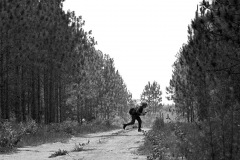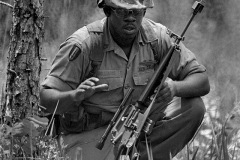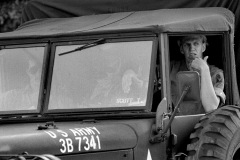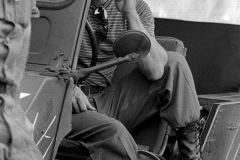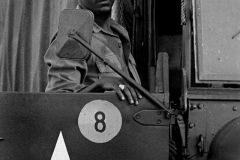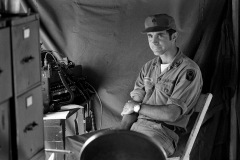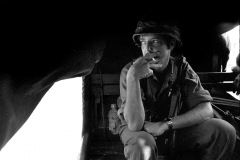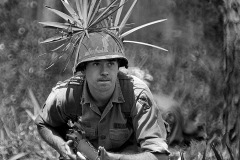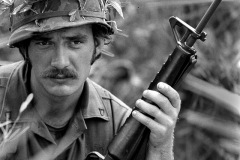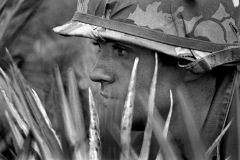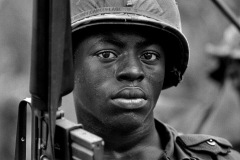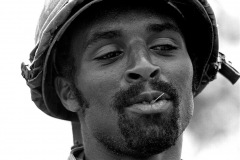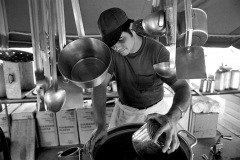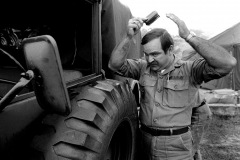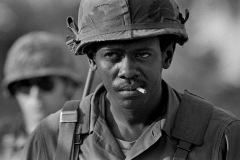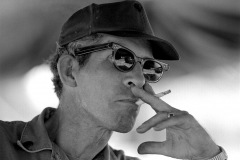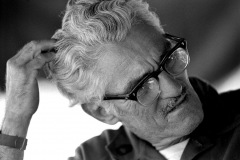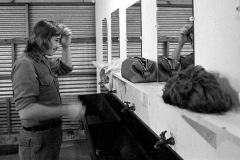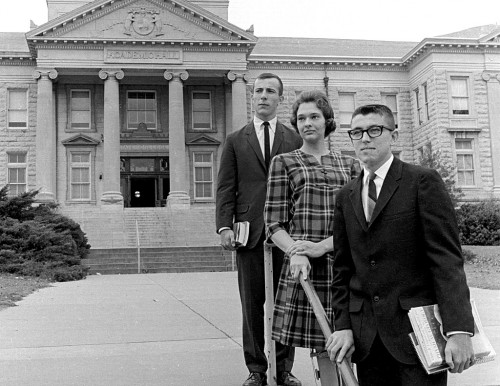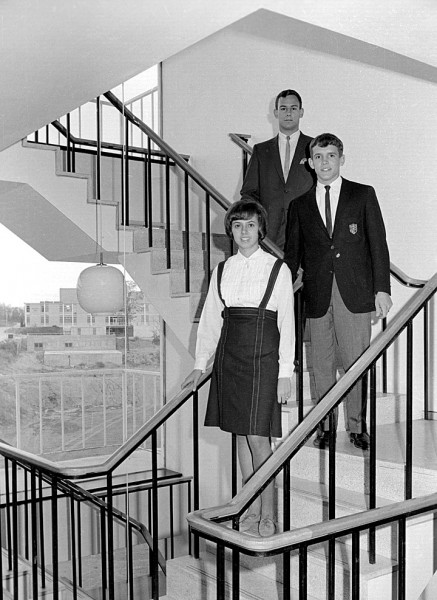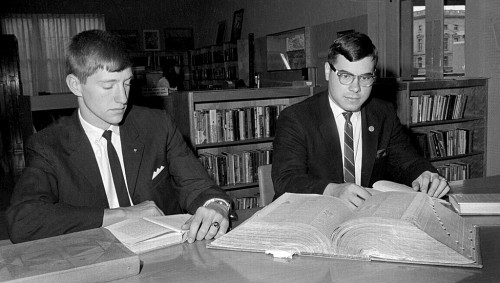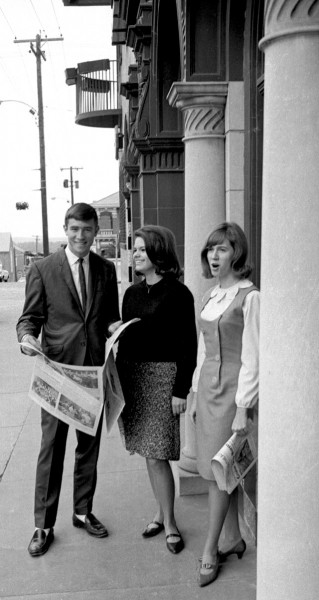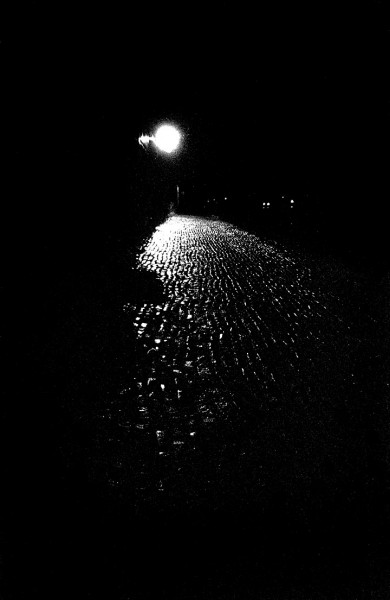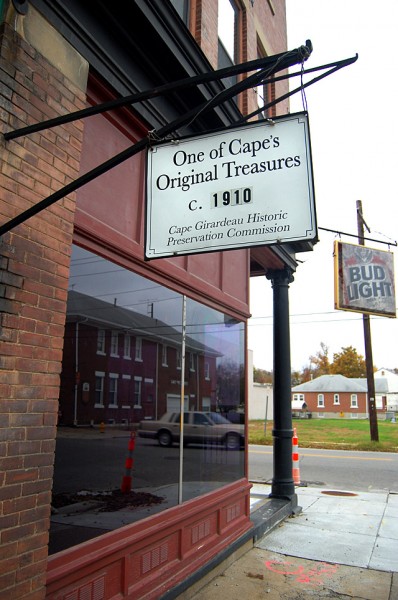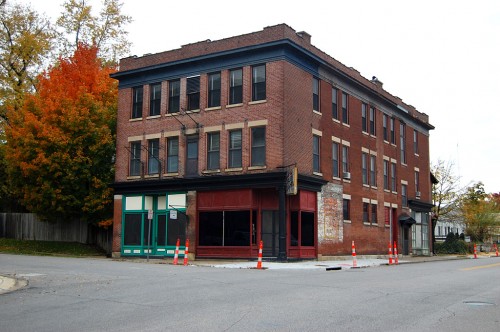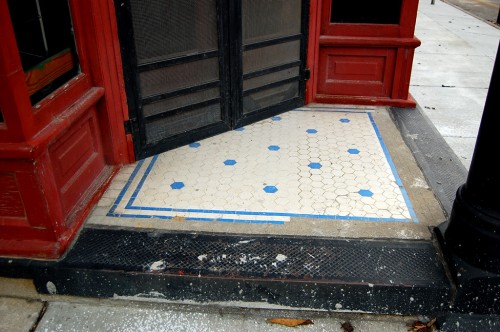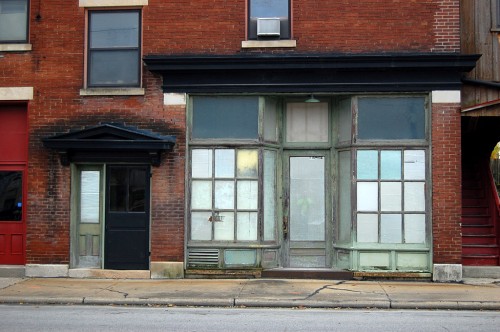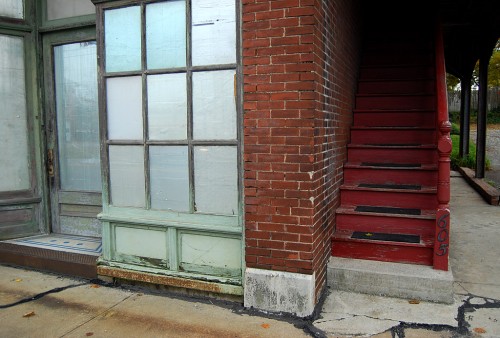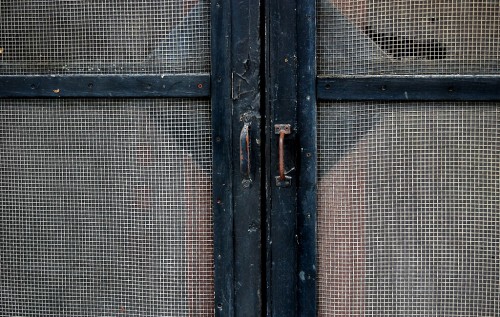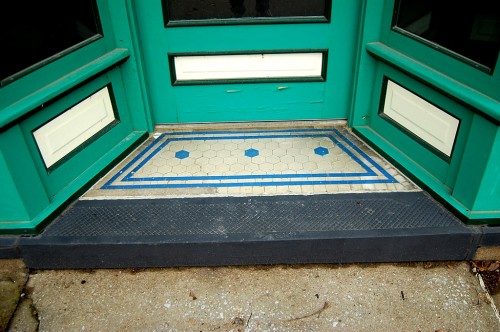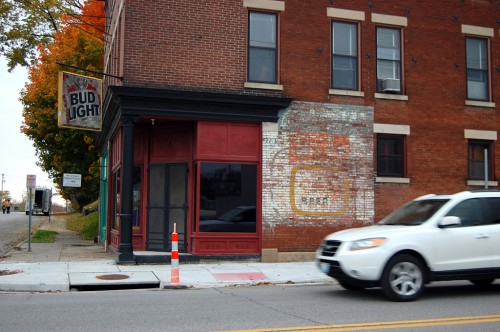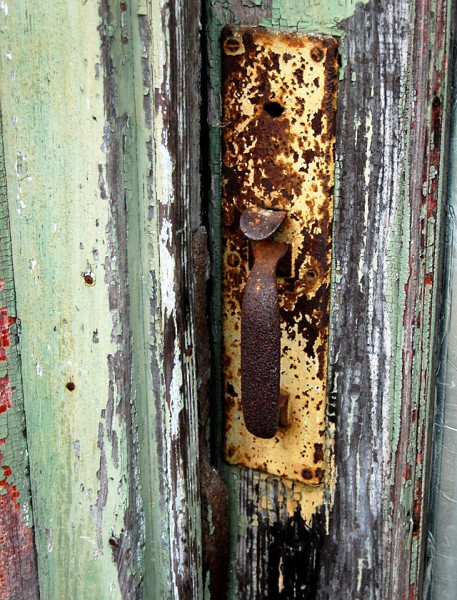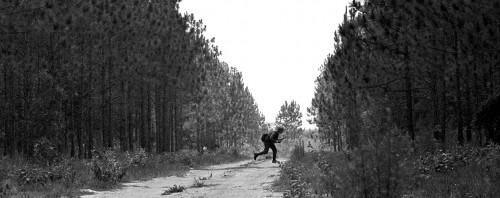 Every Memorial Day, I feel a twinge of guilt. High school and college deferments, plus a high lottery number, kept me out of harm’s way at a time when 648,500 guys my age were drafted and sent to Southeast Asia. Draftees accounted for 25% of the troops in country and 30.4% of the combat deaths in Vietnam.
Every Memorial Day, I feel a twinge of guilt. High school and college deferments, plus a high lottery number, kept me out of harm’s way at a time when 648,500 guys my age were drafted and sent to Southeast Asia. Draftees accounted for 25% of the troops in country and 30.4% of the combat deaths in Vietnam.
National Guard Camp
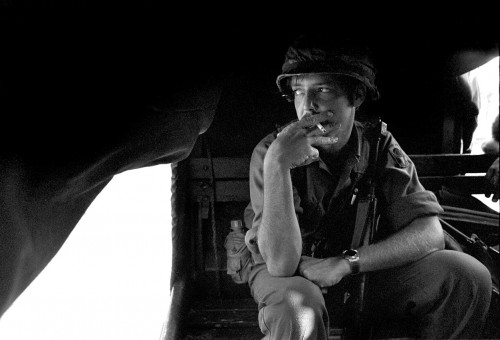 In 1975, I talked my boss at The Palm Beach Post into letting me do a story on the local West Palm Beach National Guard unit’s summer training camping at Camp Blanding, Florida. I wanted 10 days; he said he could only spare me for five, and that I’d have to do it on the cheap. That was hurdle one.
In 1975, I talked my boss at The Palm Beach Post into letting me do a story on the local West Palm Beach National Guard unit’s summer training camping at Camp Blanding, Florida. I wanted 10 days; he said he could only spare me for five, and that I’d have to do it on the cheap. That was hurdle one.
The company commander said he’d have to clear it with the Higher Ups, but they’d love the coverage. I could ride up in the convoy and catch a ride back with someone who needed to come back to town about the time I did. That was hurdle two.
I explained in an earlier story that two days before we were going to leave, I got a call from the Master Sergeant saying that I could go to the camp, but that I couldn’t ride in the convoy. I’d have to go POV (Privately Owned Vehicle). That was going to nix the story because of expenses. You’ll have to read this story to see me in uniform and hear how I got to ride in the convoy.
Long-haired guardsmen
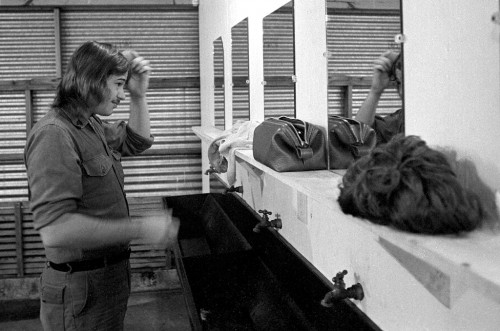
Several of the men in the unit wore wigs to cover up their long civilian hair.
The Mobile Riverine Force Association has lots of interesting information on the war. The MRFA site says that only 6,140 National Guardsmen saw duty in Vietnam, out of 2,594,000 personnel who served within the borders of the country between 1965 and 1973 (101 died).
Mixture of ages
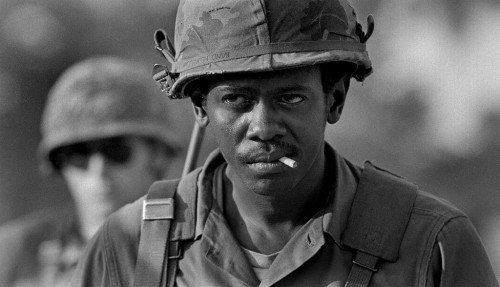 The unit had a mix of ages, ranging from college boys to men sporting gray hair. One man wore jump wings on his cap and sported tattoos on his arms listing almost every major battle in the Pacific during World War II. All of the guys took the field exercises seriously, but you could look at the way some of the guys moved through the palmetto bushes and be pretty sure this wasn’t their first time in a jungle.
The unit had a mix of ages, ranging from college boys to men sporting gray hair. One man wore jump wings on his cap and sported tattoos on his arms listing almost every major battle in the Pacific during World War II. All of the guys took the field exercises seriously, but you could look at the way some of the guys moved through the palmetto bushes and be pretty sure this wasn’t their first time in a jungle.
Other Memorial Day and memorial stories
- Thoughts on Memorial Day 2010
- Boys playing army
- Advance’s Military Memorial
- Jackson’s World War I memorial
- Gary Schemel, first Central student to die in Vietnam
- Civil War statue on Common Pleas Courthouse grounds
Photo gallery of National Guard portraits
One of these days I’ll publish more general shots of life in the camp. For Memorial Day, though, I decided to concentrate on portraits of the guys. I’m pretty pleased with some of them. Of course, it’s a lot easier to play combat photographer when there’s no danger of getting shot. Click on any photo to make it larger, then click on the left or right side of the image to move through the gallery.

